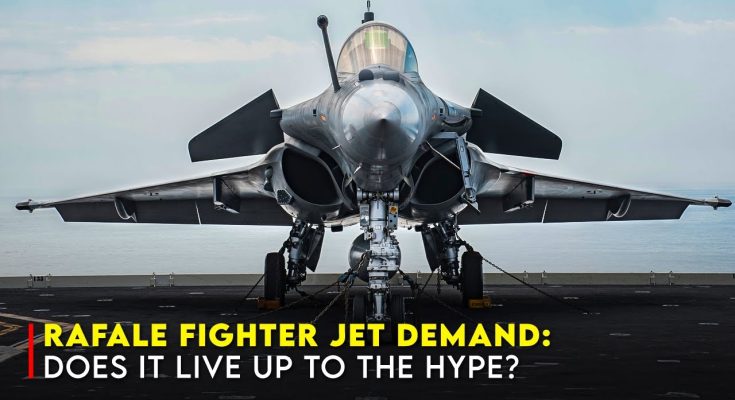The Global Demand for Rafale: What Makes It So Popular?
The Dassault Rafale, a multi-role fighter aircraft developed by the French company Dassault Aviation, has emerged as one of the most sought-after fighter jets in the world. With its proven capabilities, advanced technology, and versatility, the Rafale has gained significant traction in international defense markets. This demand isn’t just limited to European countries; nations across Asia, the Middle East, and even Africa have recognized the value of this exceptional aircraft. But what exactly makes the Rafale so popular, and why are countries around the world lining up to add it to their air forces?
Proven Combat Performance
One of the primary factors behind the Rafale’s growing global demand is its proven combat performance. The aircraft has seen active service in various conflict zones, including Afghanistan, Libya, and Mali. In these theaters, the Rafale has demonstrated its ability to carry out a wide range of missions, from precision strikes to air superiority and intelligence gathering. Its combat record speaks volumes about its operational capabilities, providing potential buyers with confidence that the Rafale can deliver when it counts.
The aircraft’s versatility allows it to be deployed in multiple roles, including air-to-air combat, air-to-ground strikes, and reconnaissance. The Rafale can carry a broad range of munitions, including precision-guided bombs, air-to-air missiles, and anti-ship weapons, making it adaptable to different combat situations. This flexibility is a significant selling point for countries that need an all-in-one solution for their air forces.
Advanced Technology and Design
The Rafale is equipped with cutting-edge technology that sets it apart from many of its competitors. The aircraft features advanced avionics, a highly sophisticated radar system, and a powerful onboard computer. Its RBE2 AESA (Active Electronically Scanned Array) radar gives it superior detection and tracking capabilities, while the SPECTRA electronic warfare system provides comprehensive protection against a wide array of threats.
The design of the Rafale also contributes to its appeal. It is highly maneuverable, allowing it to excel in dogfighting and air superiority missions. Its low radar signature, combined with advanced sensors, makes it harder to detect and engage by enemy aircraft or surface-to-air missiles, giving it a strategic advantage in contested airspaces. This combination of agility and stealth features makes the Rafale an attractive option for nations looking for a fighter that can dominate in both offensive and defensive operations.
Interoperability and Multirole Capability
A significant advantage of the Rafale is its interoperability with other modern military systems, particularly NATO allies. Many countries in Europe, the Middle East, and Asia are already part of international defense partnerships, and the Rafale is designed to seamlessly integrate with other NATO-standard aircraft and defense networks. This interoperability is crucial for nations that want to ensure that their military assets can work together efficiently during multinational operations or coalitions.
Another reason for the Rafale’s popularity is its multirole capability. Unlike many other fighter jets, which are optimized for either air superiority or ground attack, the Rafale can switch between various missions with ease. Whether it’s providing close air support for ground forces or engaging in long-range strike missions, the Rafale adapts to the situation. This reduces the need for multiple types of aircraft in a country’s fleet, making the Rafale a more cost-effective and efficient choice.
Global Partnerships and Strategic Influence
In addition to its technological prowess and combat effectiveness, the Rafale’s global popularity is also driven by strong diplomatic and defense partnerships. France, as one of the few countries with a robust military-industrial complex, has been able to secure deals with several nations for the Rafale, further cementing the aircraft’s reputation. The French government has actively promoted the Rafale as part of its defense exports, which has led to deals with countries like India, Qatar, Egypt, and the United Arab Emirates.
These strategic partnerships not only provide France with a significant source of revenue but also enhance its global influence, particularly in regions like the Middle East and South Asia, where defense spending is high and regional rivalries drive the need for advanced military technology.
Conclusion
The Rafale’s growing global demand can be attributed to its combination of proven combat effectiveness, advanced technology, multirole versatility, and strategic international partnerships. As nations look for modern, capable aircraft that can provide a wide range of capabilities, the Rafale continues to stand out as an ideal choice. With a reputation for reliability and performance in combat situations, the Rafale is poised to remain a key player in the global defense market for years to come, offering nations a fighter aircraft that can meet the challenges of modern warfare.



